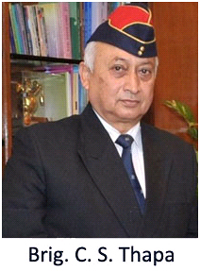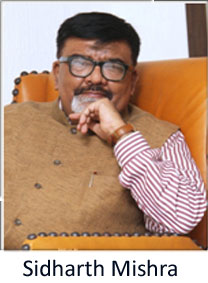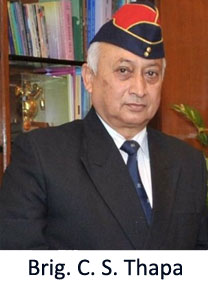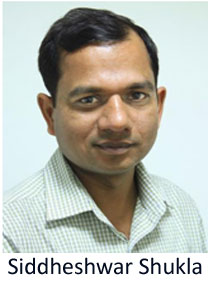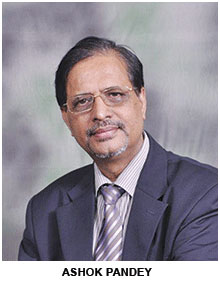The Gorkha community in India is deeply hurt by the chain of events that have occurred in the last couple of months. Gorkha civil society made umpteen sacrifices and gave all out support for the cause of Gorkhaland. The people of Darjeeling in addition to other forms of deprivations also suffered from food shortages; in addition of other hardships during the 105 days peaceful agitation. The common man feels his sacrifices have gone in vain at the hands of all political classes.
The hurt is even sharper as the Gorkhas feel let down by one of their own taking up the mantle of governance, instead of the much hyped demand of Gorkhaland. There is also a leadership vacuum which has been the bane of the community, thus the community feels silently enraged and let down. It’s easy to write it’s a time to reconcile but how is the question?
The literalmeaning of the word reconcile means “to find a way in which two situations or beliefs are opposed to each other can agree”. Gorkha civil society is divided by various issues but stands united for the cause of Gorkhaland. Thus the path of Gorkhaland and the goal is set, the modalities however differ, and the differentness is being exploited by both, the state and the centre. One of the first issues that civil society needs to address is provide help to those who have suffered from the after effects of the agitation.

